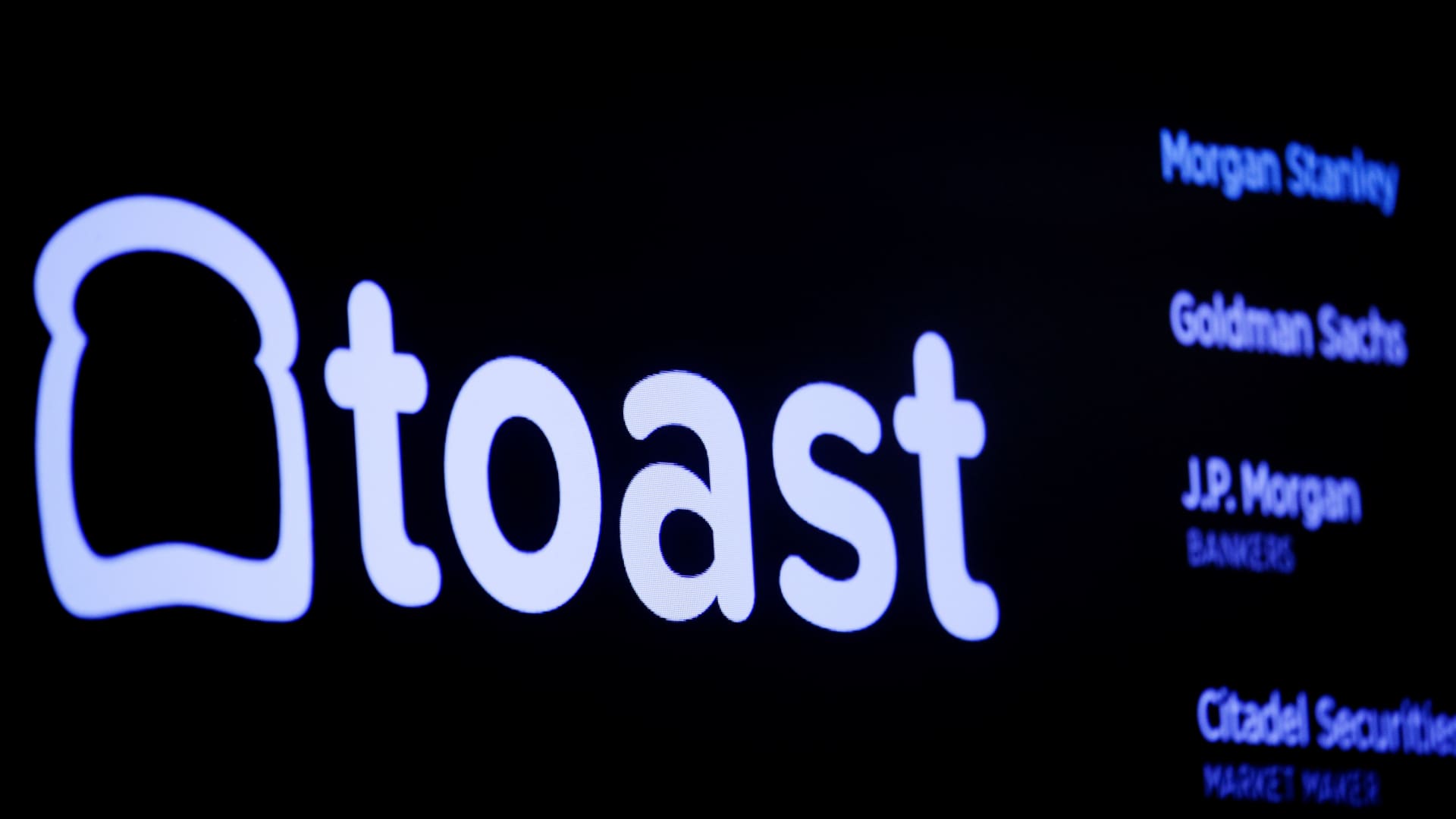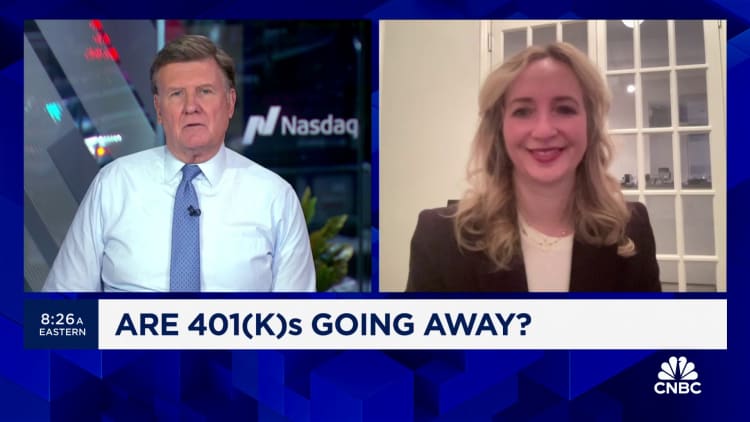Published
2 mins ago
on
May 24, 2024 Graphics/Design:
See this visualization first on the Voronoi app.
Where are the World’s Wettest and Driest Countries?
This was originally posted on our Voronoi app. Download the app for free on iOS or Android and discover incredible data-driven charts from a variety of trusted sources.
From tropical rainforest nations to the sandy deserts of North Africa and the Middle East, the world’s wettest and driest countries are a study in contrasts.
We map and rank the countries that receive the highest and lowest average annual precipitation in millimeters, per latest data from the World Bank.
Ranked: Top 10 Wettest Countries
Colombia tops the list of nations with the highest average precipitation at 3,240 millimeters (128 inches) in a year.
Its Tutunendo district is the one of the world’s wettest places, averaging nearly 12,000 mm (463 inches) of rain annually.
RankCountryAverage Annual
Precipitation (mm) 1Colombia3,240 2Sao Tome & Principe3,200 3Papua New Guinea3,142 4Solomon Islands3,028 5Panama2,928 6Costa Rica2,926 7Samoa2,880 8Malaysia2,875 9Brunei2,722 10Indonesia2,702
Note: Figures are rounded.
Off the coast of Africa however, Sao Tome & Principe is not far behind Colombia, receiving about 3,200 mm of rain in 2020.
Papua New Guinea and the Solomon Islands also average more than 3,000 mm of rain in a year, and Panama (2,928 mm) rounds out the top five.
Noticeably, all 10 countries lie in close proximity to the equator, and near oceans, where rising hot and humid air leads to abundant rainfall.
Ranked: Top 10 Driest Countries
On the other end of the scale, Egypt records the lowest average annual rainfall across all countries, at 18 mm (0.7 inches). For comparison, Colombia receives nearly 180x the amount of rain Egypt does.
RankCountryAverage Annual
Precipitation (mm) 1Egypt18 2Libya56 3Saudi Arabia59 4Qatar74 5UAE78 6Bahrain83 7Algeria89 8Mauritania92 9Jordan111 10Kuwait121
Note: Figures are rounded.
In fact, countries from North Africa and the Middle East make up the entirety of this list of the driest countries in the world.
Learn


